In partnership with ecoSPIRITS and Proof & Company
Rum is about as Australian a spirit as you can get. There’s that whole Rum Corps thing from colonial days, and the rum rebellion — the only military overthrow of government in the time since the Poms took the place over.
It’s perhaps no surprise that sugarcane would become an important crop in the country, either; native to Papua New Guinea, you’ll find sugarcane growing from Grafton in New South Wales all the way up to Far North Queensland.
Yet whilst rum has a long history in this country, it took until the 2010s (and the establishment of Husk Distillery in Tumbulgum in the Northern Rivers district of NSW, near the border with Queensland), before we’d see an agricole-style rum made from fresh cane juice.
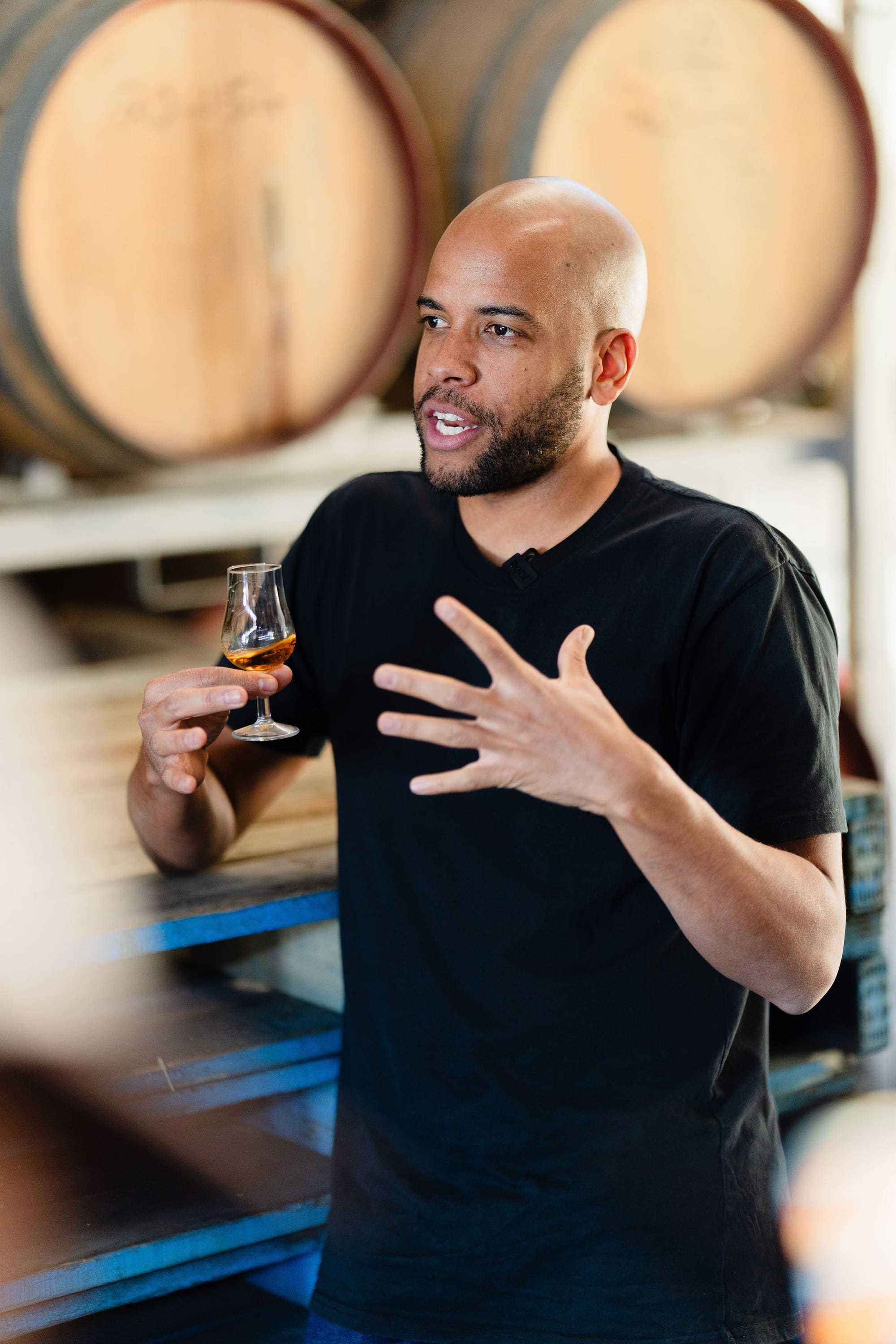
Why? Fresh sugarcane juice doesn’t keep well, and to make that style of rum, you need to be able to handle it, getting it quickly from the cane fields to the distillery. It’s a lot easier to make rum from molasses, the byproduct of the sugar refining process.
But that’s not what Husk Distillery does. They grow sugarcane onsite, harvest it, ferment it, and distill it. “If it’s not the hard way, it’s not the Husk way,” head distiller Quentin Brival tells me.
Below, we dive into what makes Husk Distillery unique, get a little brief history, and look further into each of their bottling.
But first, you can now get Husk and Ink Gin in the convenient and sustainable format that is ecoSPIRITS, which reduces single use glass, and brings down your pour cost at the same, which is great, because I would like to see that Husk Coconut in something tropical near me soon, please. For more information visit the link here.
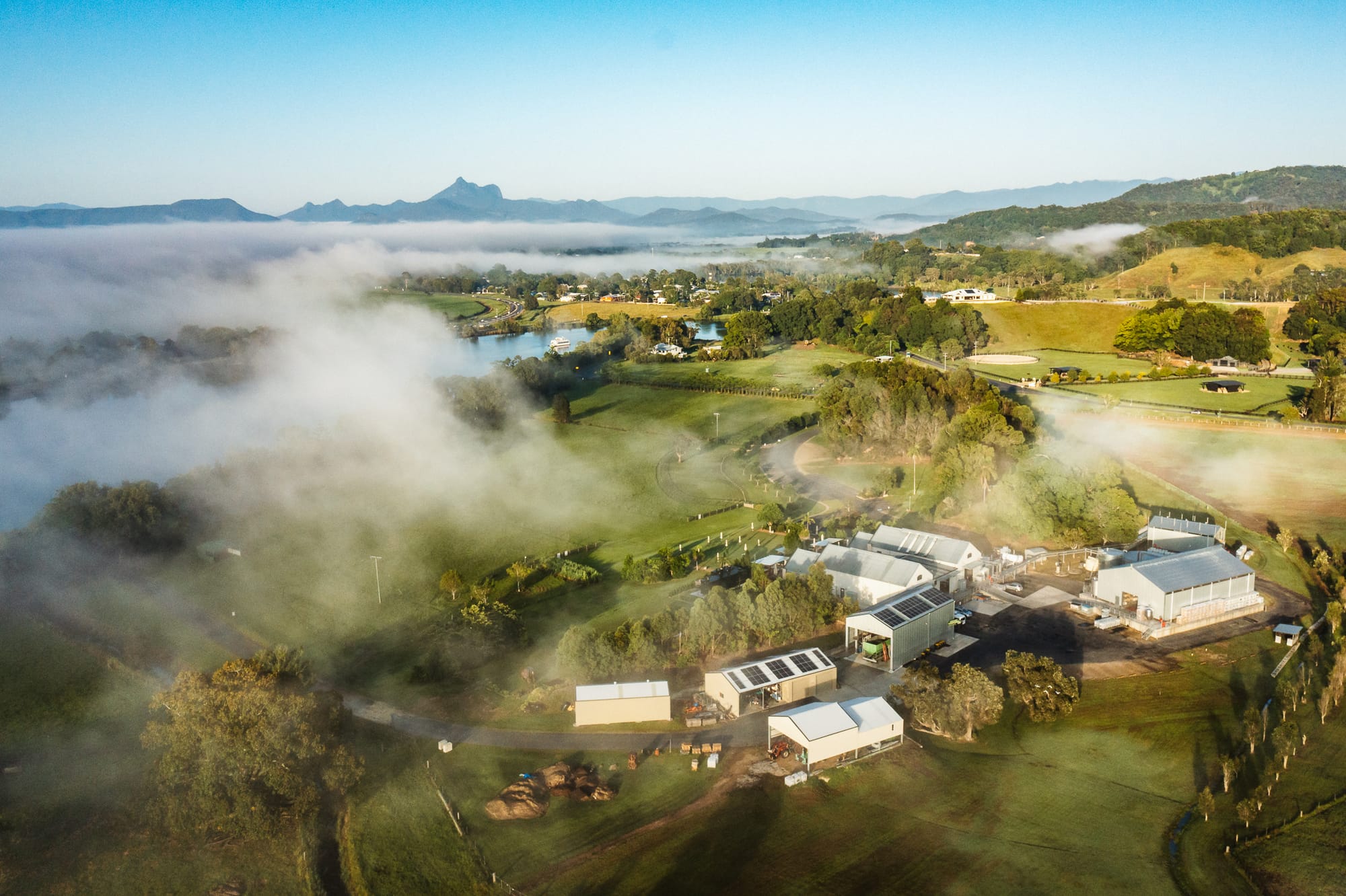
A (very) brief history of Husk Distillery
Husk Distillery got its start when Paul Messenger and his family got started making rum from sugarcane grown at their farm distillery, with the first harvest happening in 2012. Whilst the small amount of spirit aged, they launched Ink Gin in 2015, which changes colour from a royal blue to a deep purple hue with the addition of tonic water (thanks to the use of butterfly pea flower). 2018 saw Husk graduate from a small farm shed distillery to a still house purpose built to make agricole rum and gin, with a bottling hall, barrel house and small sugar mill.
2024 sees them being distributed around the country through Proof & Company, and available to pour via the sustainable, refillable ecoSPIRITS format.
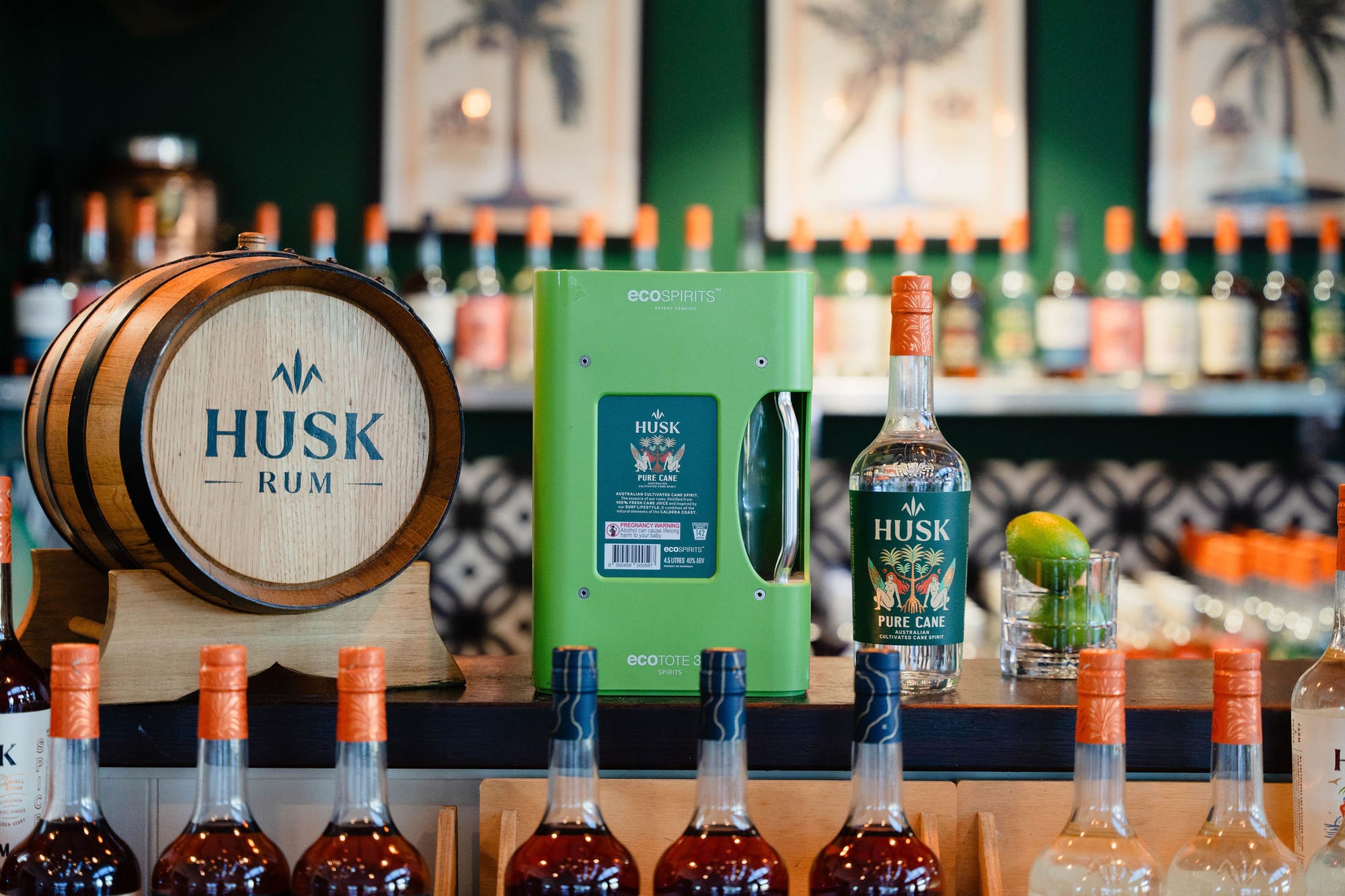
Why make rum from sugarcane juice?
“The thing you get with juice is provenance,” says Quentin. “It’s that plant that you cut directly, you extract the juice, you make your rum. Molasses is a bit of a commodity. A lot of Caribbean islands, for example, they make rum, and they might call it rum from X islands — that molasses doesn’t necessarily come from that island. So you got a bit of a disconnect there. And molasses has been so processed that you lose most of the nuances that you get from the fresh plants.”
Are all Husk bottlings made with spirit from sugarcane juice?
Yes, although not every bottling is 100 percent made of spirit produced from sugarcane juice.
“All the juice rum that is made at Husk comes from our farm,” Quentin says. “So it’s single estate. Every single bottle that we make has some juice rum in it.
“Now for some products, like for example Rare Blend and Bam Bam, I like to do a little blend, and we blend juice rum and cane honey rum. But every single product that we have has at least a little bit of juice rum, if not 100 % juice rum in it.”
The spirit that is made from cane honey is what Quentin makes in the time he’s not making rum from sugarcane juice, which by necessity falls into a three month window around harvest time.
“The thing to understand with juice is it doesn’t keep,” he says. “So as soon as I cut it I’ve got very short time to process it and I cannot put it in a tank and keep it for the rest of the year.
“I’ve got three to four months from July to November to make all the rum from the whole year. The rest of the year you just watch it age and don’t do much. So I really wanted to keep making rum, and cane honey is a beautiful product that I prefer over molasses. It’s a bit more elegant, it’s nicer, not as bitter, and that keeps. So we get a bit of cane honey, it’s made from local farms here — we’ve got a sugar mill just 10 minutes up the road, they process that for us and then we get it back on site and we’re able to make rum from that product. But it’s all cane that grew around our farm here.”
To help your bar reduce its glass waste, you can get your spirits — like Husk rums and Ink Gin, and others — in the ecoSPIRITS format through Proof & Company. ecoSPIRITS is the world’s first low carbon, low waste distribution technology for premium spirits, eliminating hundreds of tons of single use glass waste, planting tens of thousands of trees, and inspiring others to change. Learn more about Husk Distillers and Ink Gin’s move to ecoSPIRITS here.
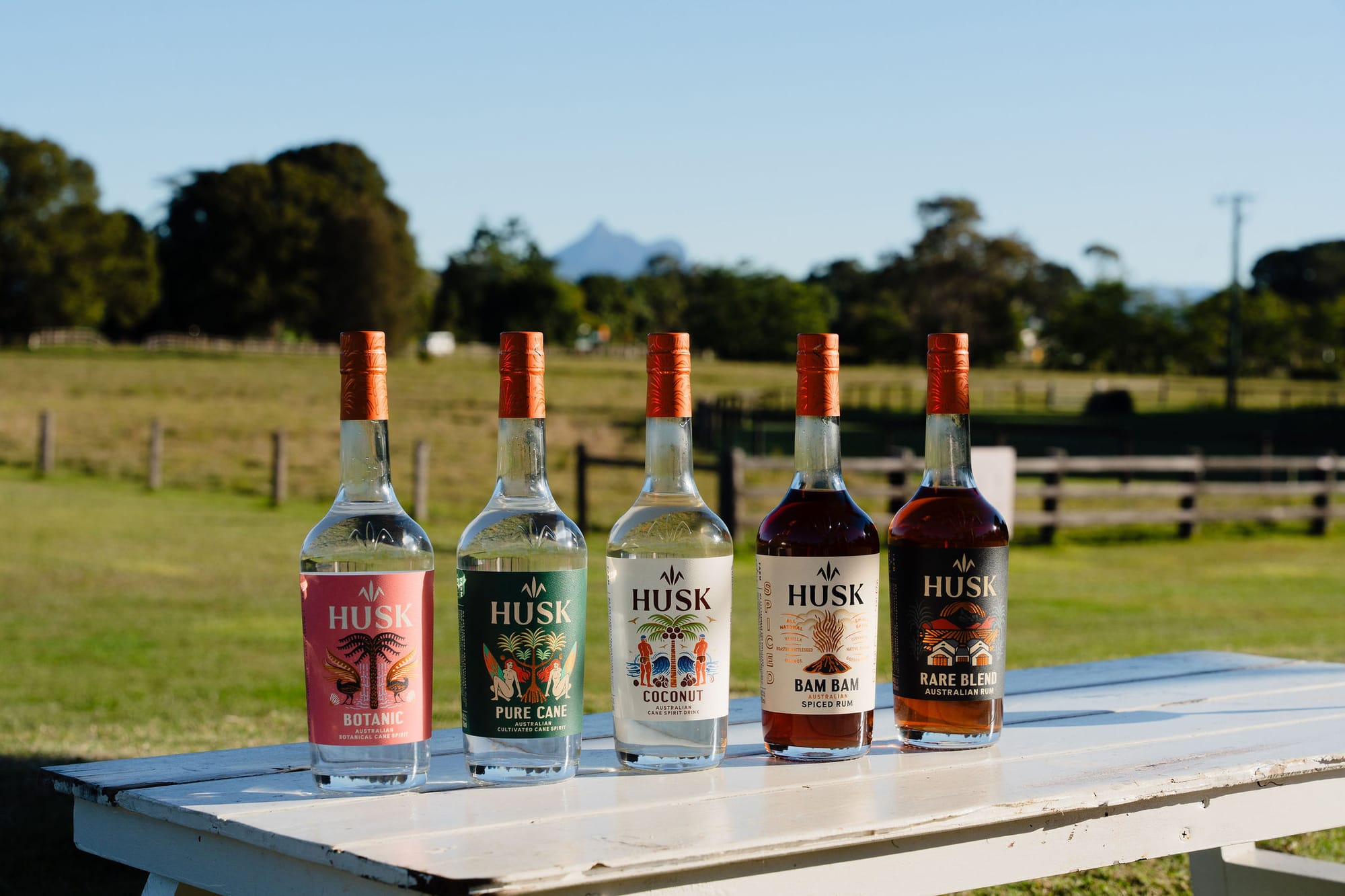
Tasting notes
Husk Pure Cane
What they say: A bold, grassy, fresh and full flavoured spirit distilled only from fresh cane juice grown on the Husk farm.
“Pure Cane is the essence of everything we do,” says Quentin. “There’s grassy notes because we’re using a plant to make that rum. But you’ve got some floral notes, a little bit of white pepper in there, a little bit of licorice. It’s a fairly complex rum for an unaged product that hasn’t touched oak. I really like to take my time for the reduction. So some of the Pure Cane I’ve taken up to six months to slowly add the water, stir it regularly, and really allow all the flavours to come together — not shock the product with too much water at once. And one thing that happens as well is, you know, when you’re trying to proof down your alcohol, so from distillation strength to 40 percent, you add water. So you dilute all your flavours. By leaving it sitting in a tank for six months, I’m actually evaporating water. So instead of diluting flavours, I’m concentrating flavours.”
What we say: Grassy aromas, some spirit character — caramel, too — and light floral notes on the nose; there’s an earthiness to the spirit, like fresh cut leaves and rich soil, but it’s rounded, elegant on the palate, rather dry, with good length and a little oiliness on the palate, which finishes with pepper and citrus. Would go a Hemingway Daiquiri with this — as long as we’ve got a touch of sugar in there.
Husk Bam Bam
What they say: Made from a mix of spirit made from cane honey (70%) and fresh cane juice (30%), Bam Bam is a blend of rum aged in small ex-wine barrels and spiced with natural ingredients: ginger, roasted wattle seed, dried orange, vanilla, cinnamon, golden berries and a touch of sea salt.
“I add a little bit of salt in every batch of Bam Bam and you can’t really taste it too much, but I can guarantee you it makes the whole difference,” Quentin says.
What we say: This is spiced rum, but not that candy ass sweet stuff — this doesn’t taste like a headache foretold. Some true ginger and clove like aromas present, backed by classic rum character — it’s 40 percent ABV — citrus notes, vanilla; there’s good weight on the palate, and the spices aren’t overblown — this isn’t a nuclear vanilla blast — and the rum does a lot of the talking. Long finish. Great balance. Delicious stuff.
Husk Coconut
What they say: Made from 100 percent sugar cane juice grown on the Husk farm, and infused with natural coconut and a touch of vanilla, it’s a full flavoured premium spirit with depth, and a rich, tropical and velvety palate.
“It’s one of the favourite macerations on the island back home,” Quentin says. “I just love it and that’s something I’ve always wanted to do, and we made it happen last year. I was so happy and people tend to love it as well.”
What we say: Stupidly delicious. Fresh, true to life coconut aromas leap from the glass; delicious, rich coconut on the palate, underpinned with a hint of grassiness, some citrus notes from the rum; the palate is dry, some coconut sweetness, there’s a long finish with some pleasant warming spice. It is a lot of fun — you will want a bottle for a summer weekend.
Husk Rare Blend
What they say: “It’s a blend of juice rum from the farm and also cane honey rum from just around the farm,” Quentin says. “The ratio is about 80 percent cane honey to 20 percent juice rum. And we blend that together. It was aged in our ex-wine barrels. We’ve really done a lot of work on the selection of the barrels. So it’s one thing to hear, okay, that barrel is good, that oak is good. It’s another to actually taste your spirit and confirm all of those theories. So a lot of work has been done on the wineries those barrels come from — I had to blacklist some of them. Aging is in those ex-wine barrels and then we bottle it after two to three years.”
Rare Blend shows characters of ripe fruit, honeysuckle, vanilla, oriental spices, and toasted oak.
What we say: Caramel aromas, golden syrup, citrus and earthy spice on the nose. The palate is generous, with notes of cacao and caramel, citrus, some orchard fruit; it dries out to a long finish with pleasant spice notes.
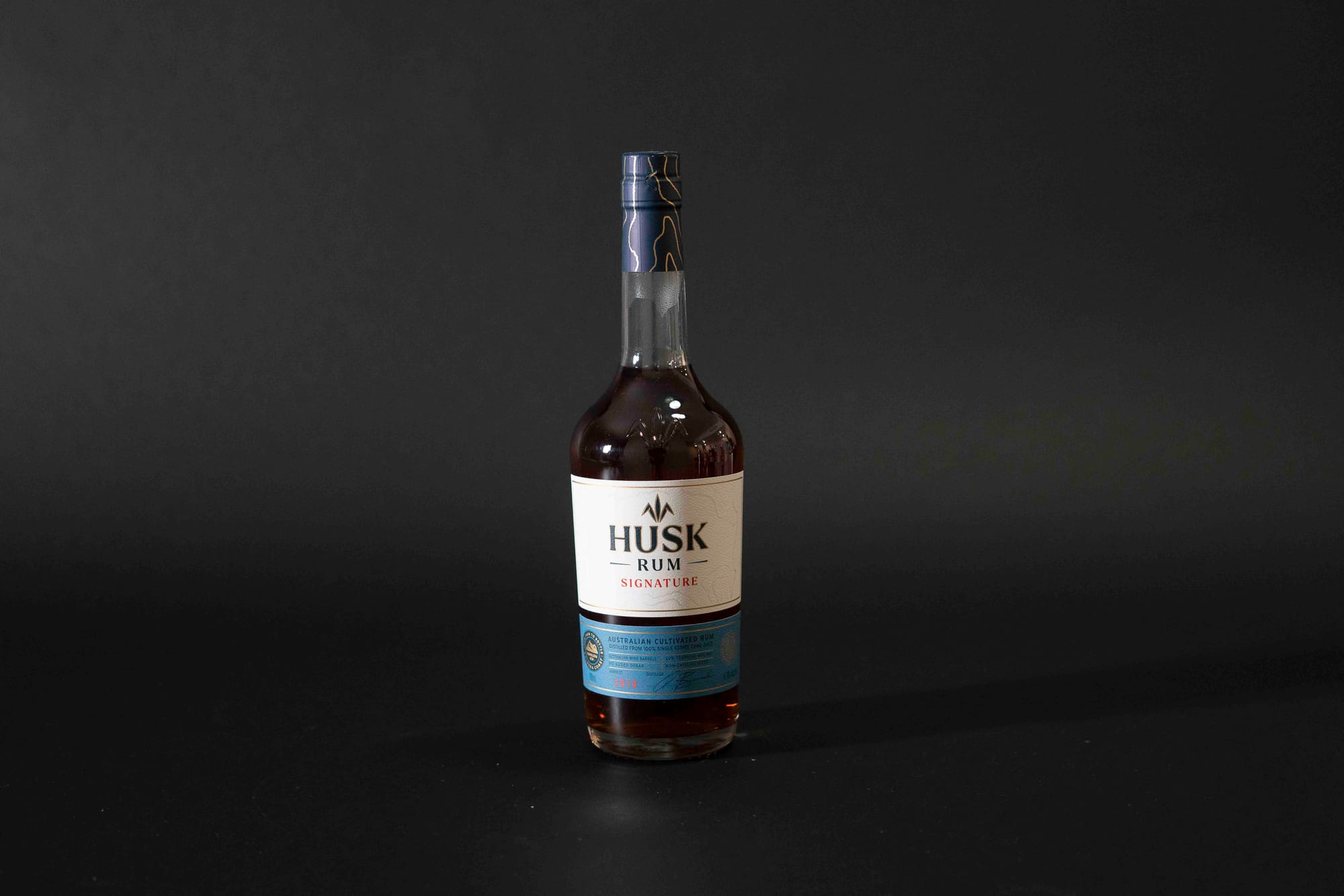
Husk Signature ACR Rum
What they say: “ACR stands for Australian Cultivated Rum,” says Quentin, “and that’s a trademark that we actually own at Husk. And we really wanted to protect that rum that was made from 100 percent cane juice grown in the cane region. So for all the reasons that we spoke about, we’re not gonna name them all, but the juice has to be fresh. You have to make your rum in a cane growing region. You have to do it the hard way, otherwise it just doesn’t give you the results that you should have. And I think it’s in the consumer’s interests to know exactly what they are buying. And in a day where everybody’s trying different things and getting, you know, weird things out there, I think it’s important to have some sort of clarity for the consumer when they buy.
“That ACR was introduced to protect the consumer and to protect also our process. And then when people buy that bottle, they know that it was made from 100 percent single estate cane from Husk. It was aging in our barrels here in a subtropical climate, which is great — it gives you a bit of dynamic aging there. And then the product, there’s no sugar added, there’s no colour added, there’s no flavour added, it is just a pure expression of what we do.”
The Husk Signature ACR is a non-chill filtered rum with notes of spicy oak, dried fruits and soft pineapple, leading to an earthy finish with blonde tobacco hints.
What we say: This is classy rum — lifted aromas of spice, tropical fruit, vanilla, leading to a rich, generous palate, and a satisfying, long and moreish finish. Great stuff.
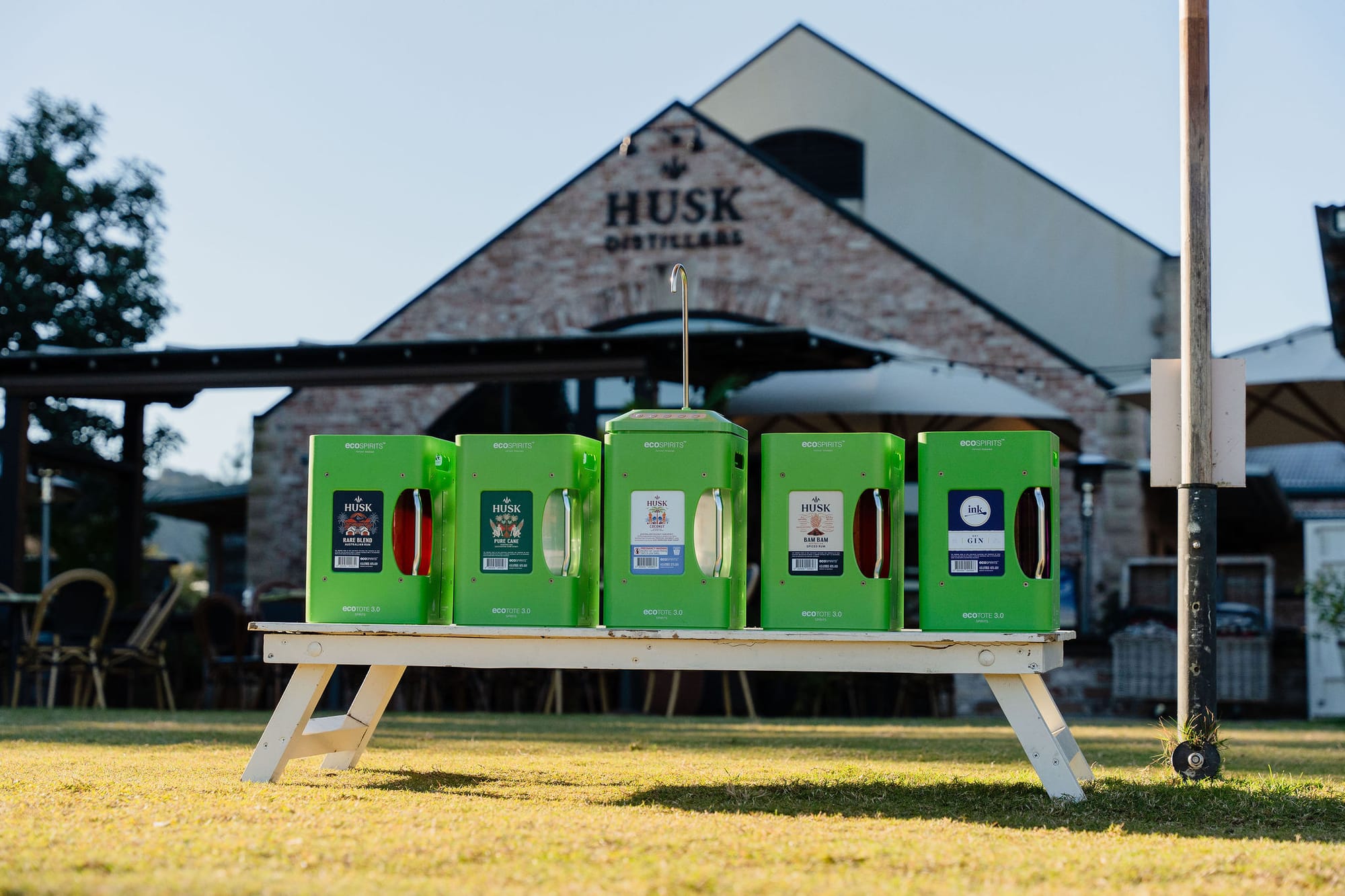
Ink Gin
What they say: “Paul messenger created this product and Paul likes to always think different,” Quentin says. “And when he looked at the shelves, Dan Murphy’s or anywhere else, he looked at all those gins and he thought, well, yes, it’s Australian, but you know, those guys make pretty good gin too, I’m gonna put a bottle next to them, why would someone buy mine? Yes, it tastes great, but is it gonna be enough? And he thought, no, it has to be different. I’m not gonna put something out there that is just the same. And he researched a lot, until he encountered that butterfly pea flower and realised, well, it gives that beautiful, natural colour to the gin. And the light bulb moment is when he discovered that the colour changed with the pH, an acidic pH. And he realised tonic water was acidic, and it would change the colour.
“That’s actually the first butterfly pea gin in the world, believe it or not.”
Modern Australian flavours with bold citrus notes of lemon myrtle and sweet orange, followed by warm pepper berry and soft pea flower.
What we say: Look, the colour changing thing isn't really for us, but skip past the appearance and there's a classic, citrusy gin here that stands up beautifully in a G&T.
“The ecoSPIRITS system is a much better, neater and more sustainable system because the packaging is designed to be reusable,” says Husk Distillers head of marketing, Harriet Messenger. “We continuously look at all areas of our business and try to minimise the output of waste.” You can minimise your bar’s waste, too — learn more here.










